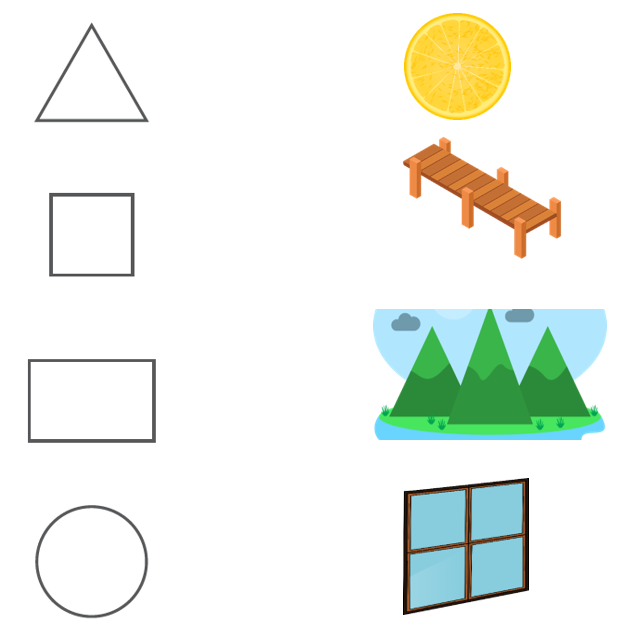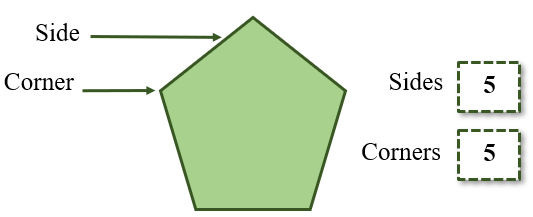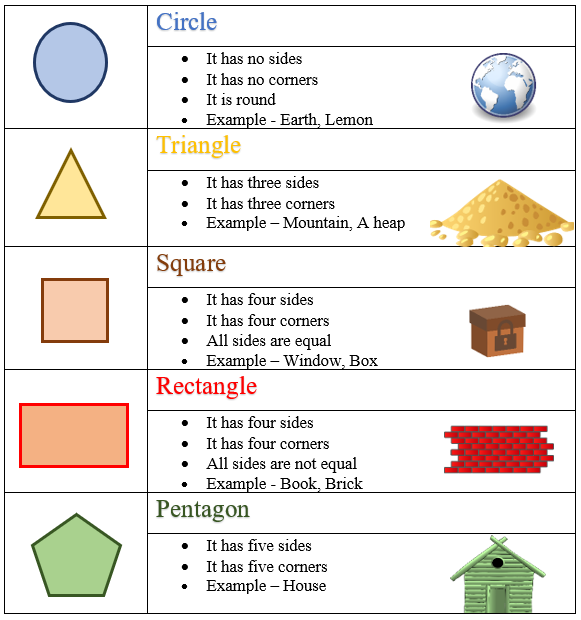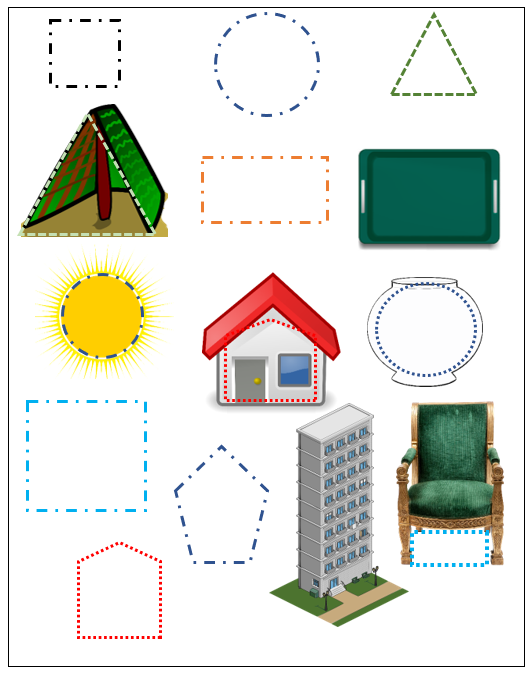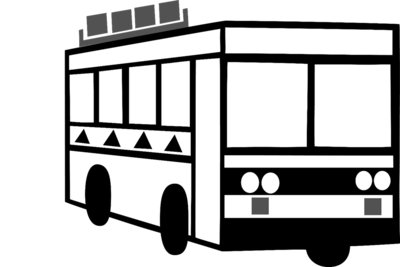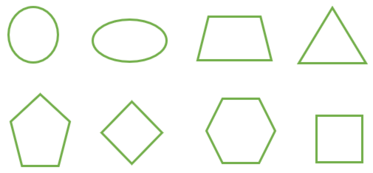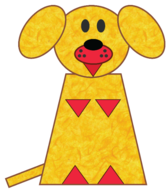Difference between revisions of "Shapes"
(→Activity: Making objects: editing) |
|||
| Line 99: | Line 99: | ||
== Activity: Making objects == | == Activity: Making objects == | ||
In this activity, let us make commonly seen things and beings using regular and irregular shapes. Make your own animal motifs for making cards and gifts. | In this activity, let us make commonly seen things and beings using regular and irregular shapes. Make your own animal motifs for making cards and gifts. | ||
| − | [[File: | + | [[File:Shapes_-_Page_8-1.png|right|373x373px]] |
| − | [[File: | + | [[File:Shapes_-_Page_8-3.png|197x197px]] [[File:Shapes_-_Page_8-4.png|246x246px]] |
| − | [[File: | + | |
| − | [[File: | + | [[File:Shapes_-_Page_8-2.png|200x200px]] |
== Activity: Partition shapes == | == Activity: Partition shapes == | ||
Revision as of 23:31, 10 May 2021
Welcome to the Class 1, Shapes lesson plan.
Learning Objectives
- Identify and define attributes of shapes
- Differentiate between regular and irregular shapes
- Compose new shapes and identify shapes in nature
- Identify two- and three-dimensional shapes
- Partition shapes – circles, rectangles
Shapes of Objects
When we look around we find all objects having some shape or the other. A shape defines the structure of an object and it is one of the important attributes of an object. Match the following shapes that you see in nature.
What is a shape?
See the following image. It has sides and corners. It is made of lines and encloses some space. Given below is a list of common shapes that we use in our daily life.
Activity: Draw the shapes
Now, let us identify and draw some basic shapes. What shapes do we see in the things around us?
To draw any shape, connect the lines and dots. Dot or point appears as • and a line is represented as —
Irregular shapes
Notice that in some of these shapes given above, the sides are unequal. Such figures are said to be irregular.
| Regular Triangle Irregular Triangles |
| Regular Square Irregular Squares |
| Regular Pentagon Irregular Pentagons |
Circle the irregular food shapes
Distinguish basic regular shapes from irregular shapes.[1]
| Colour the rectangles. |
| Colour the triangles |
| Colour the squares |
| Colour the triangles and rectangles |
| Colour the squares and circles |
Activity: Fill in the shapes
Match the shapes to complete the missing parts.
Activity: Count the shapes
In this activity, practice differentiating and counting various basic shapes.
Count the following
1. Squares _______________
2. Rectangles _______________
3. Triangles _______________
4. Circles _______________
5. Stars _______________
Activity: Making objects
In this activity, let us make commonly seen things and beings using regular and irregular shapes. Make your own animal motifs for making cards and gifts.
